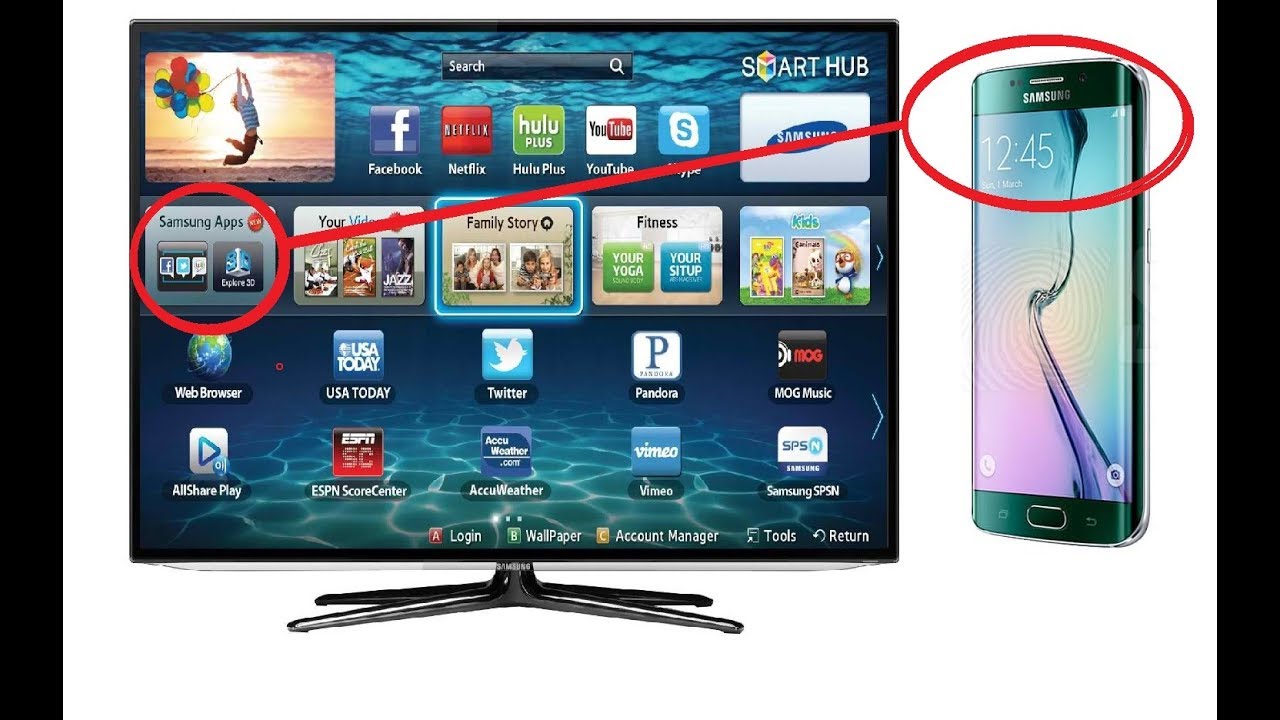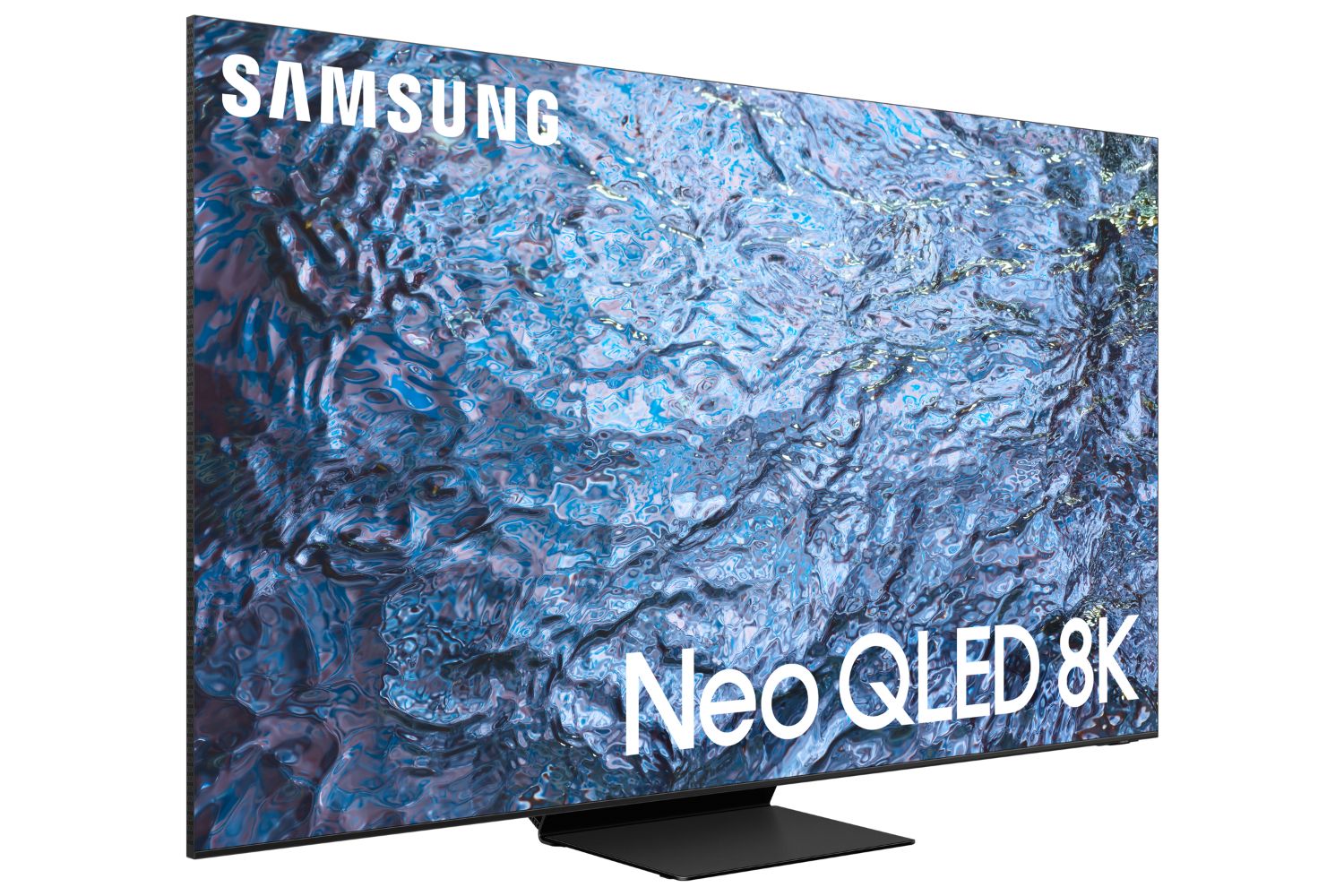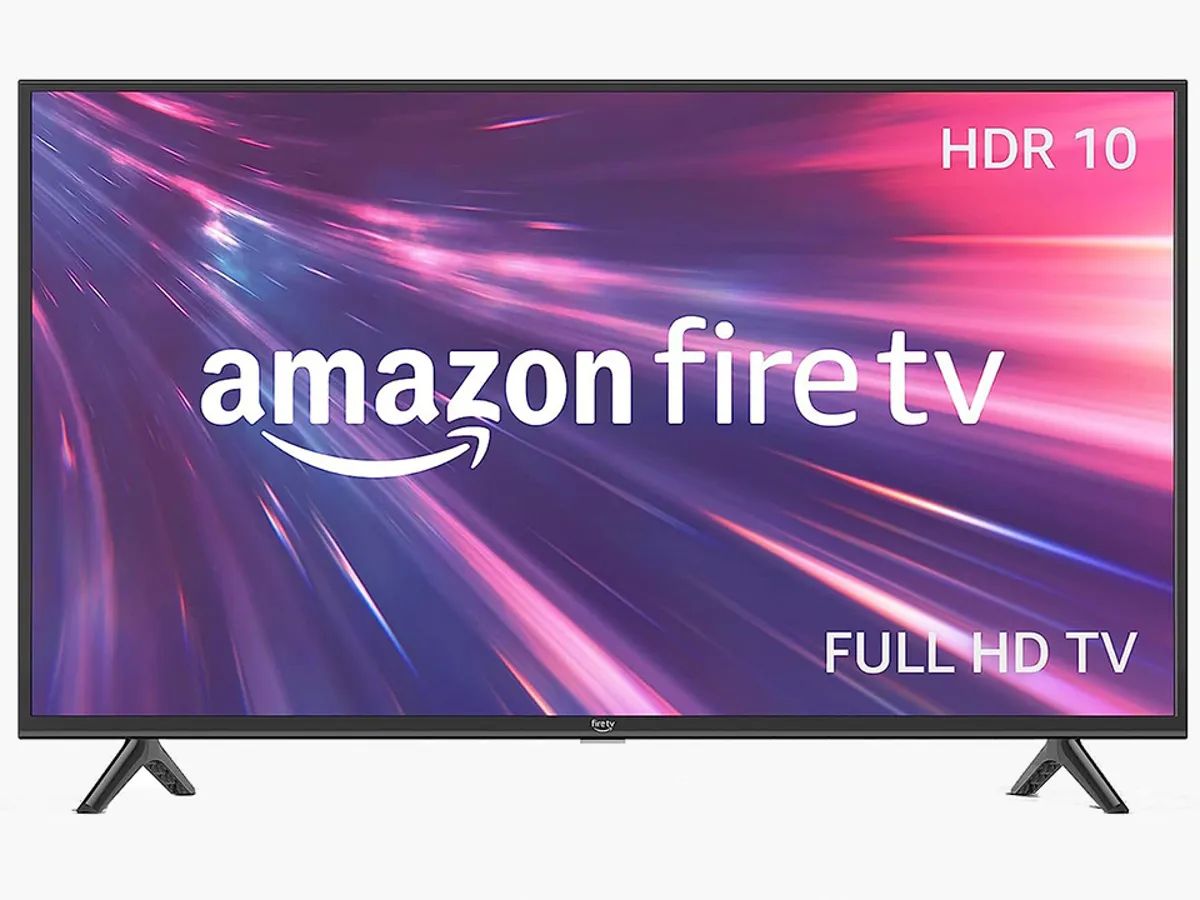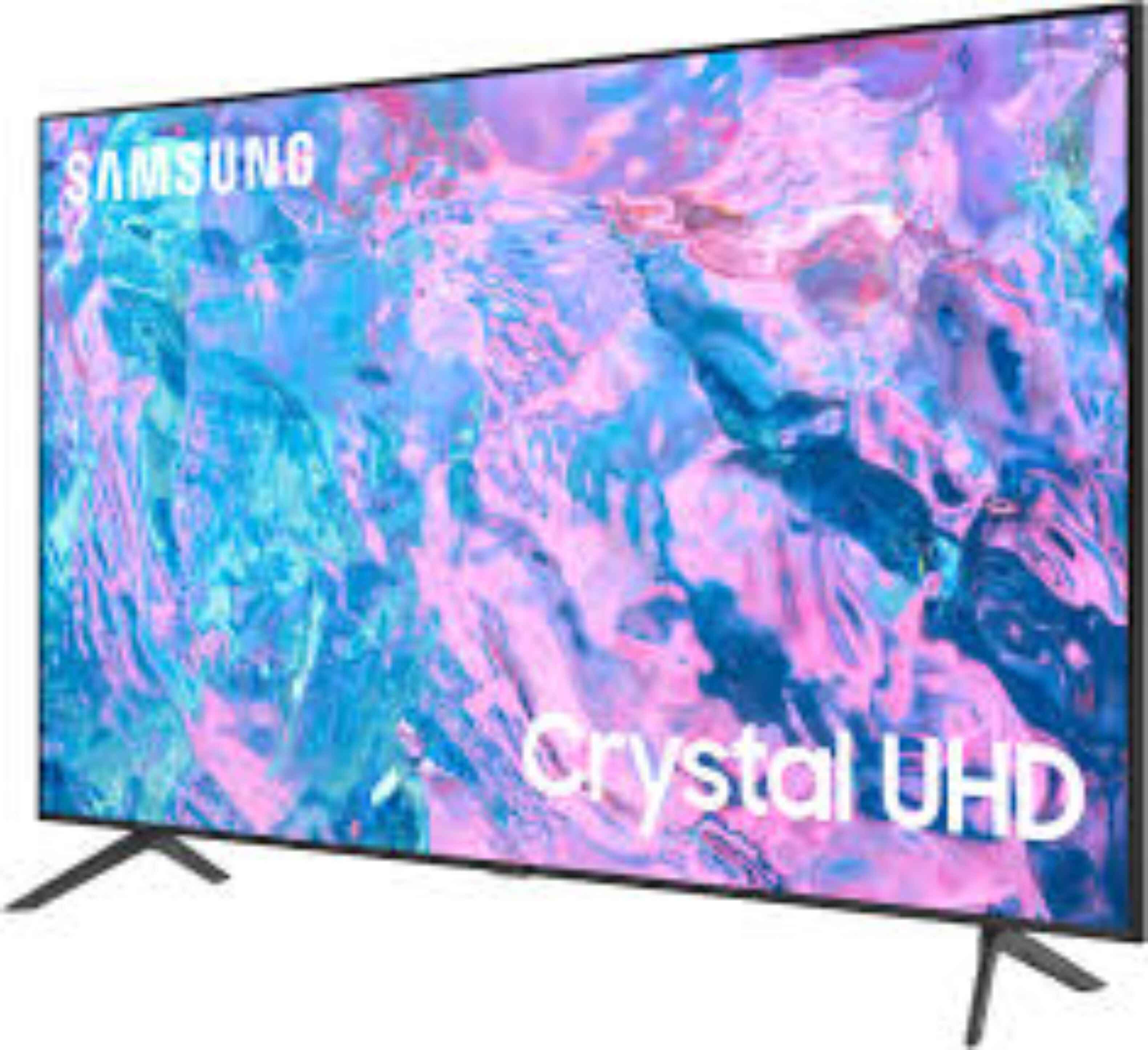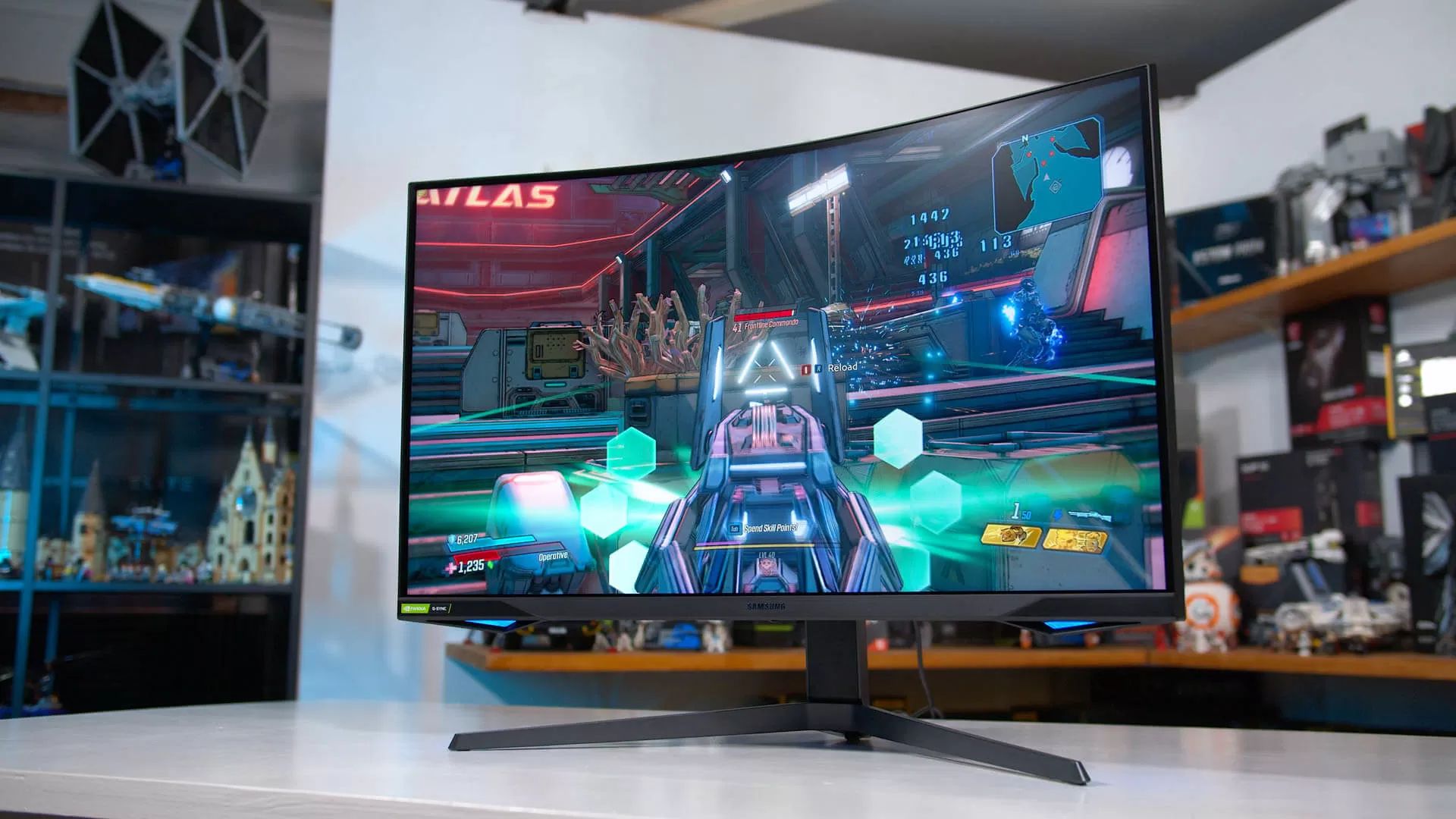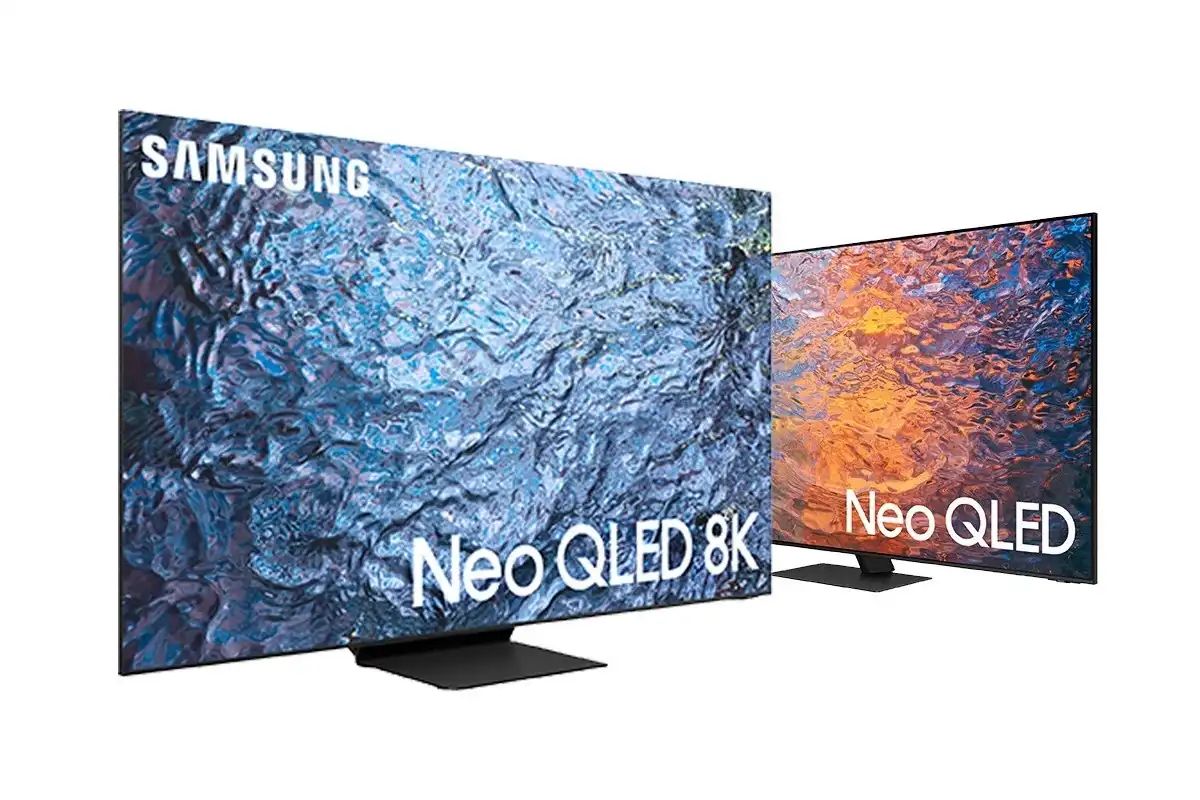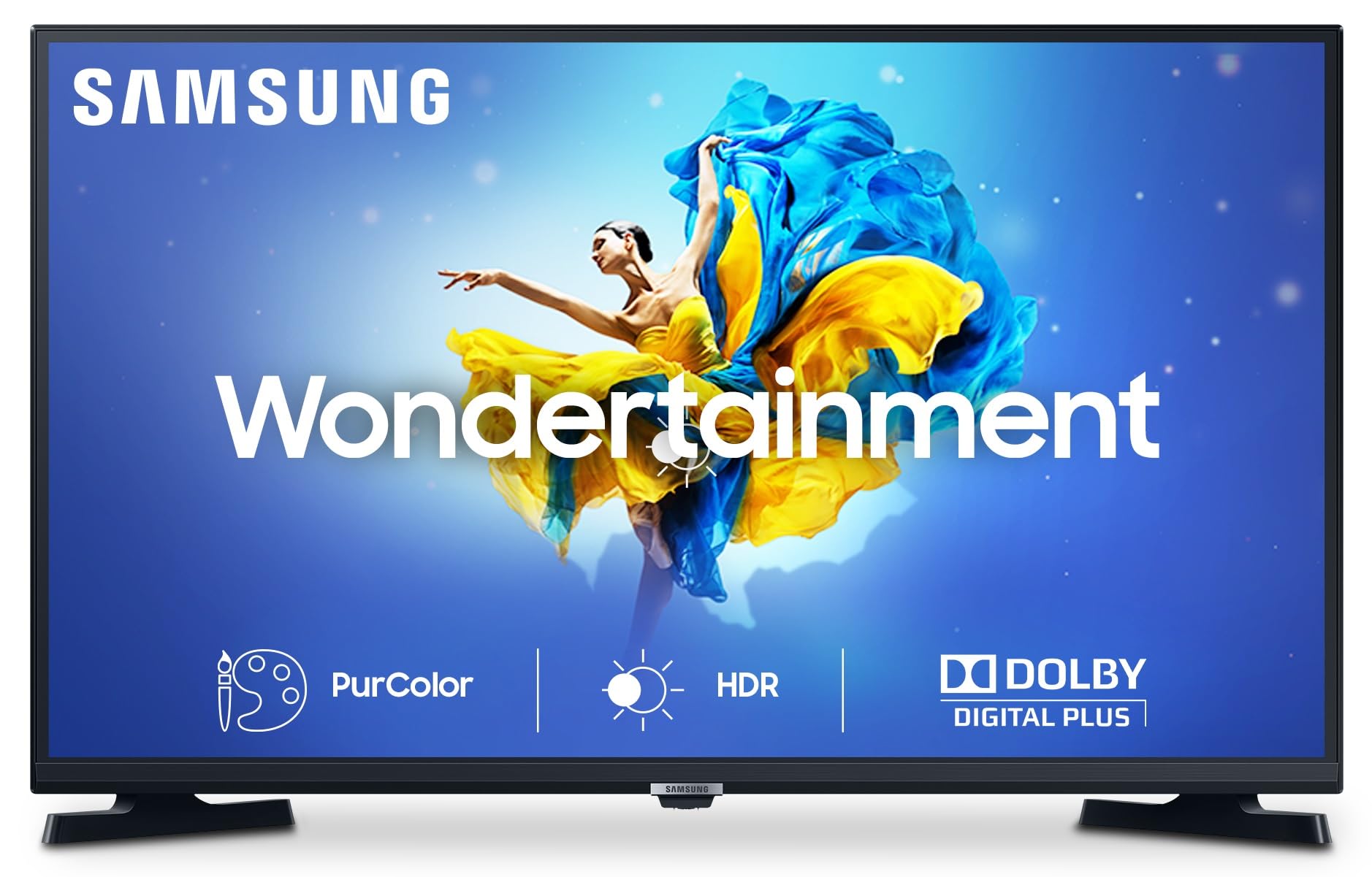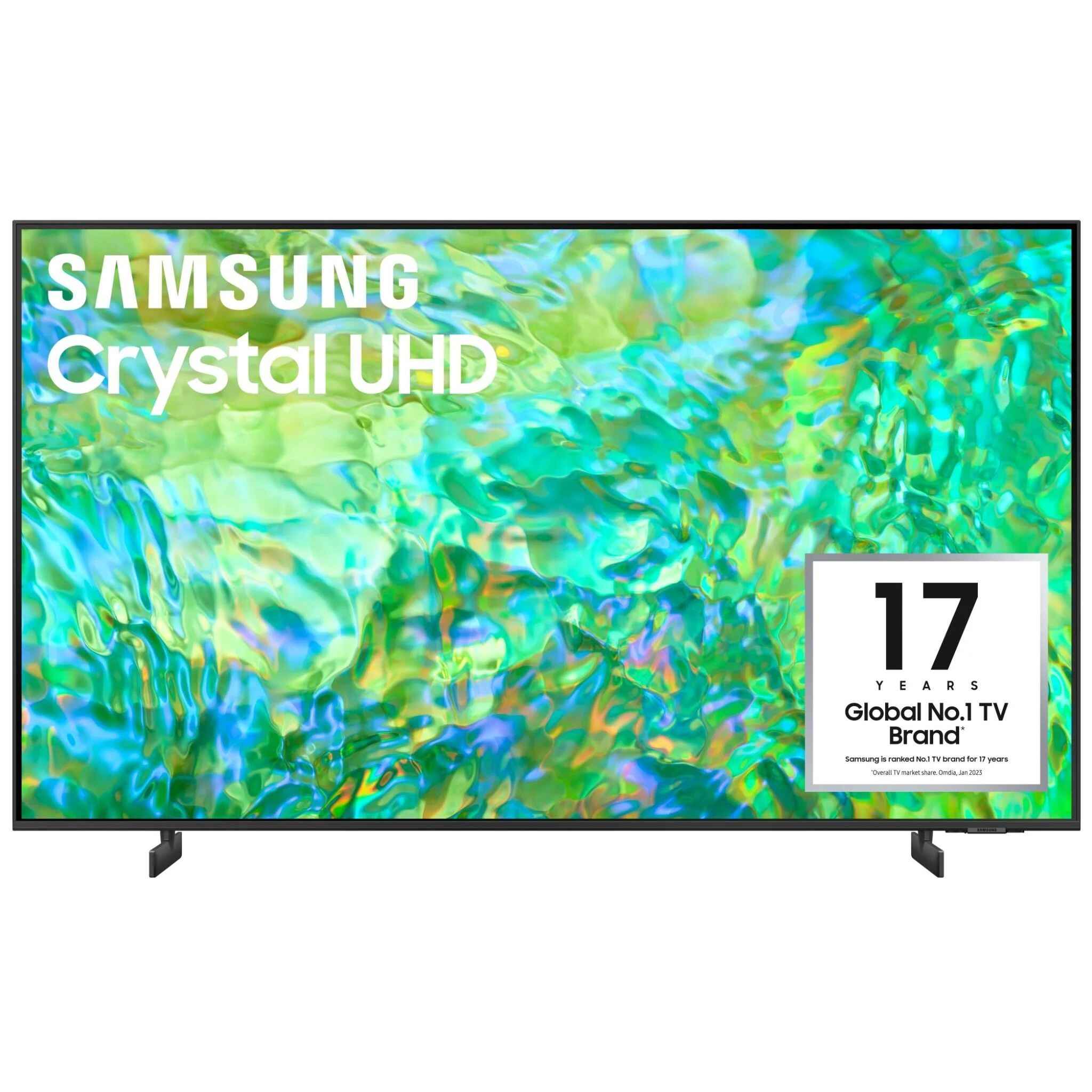Introduction
Welcome to the world of screen mirroring! If you own a Samsung LED TV and want to enjoy the convenience of projecting your device’s screen onto the big screen, you’re in the right place. Screen mirroring allows you to effortlessly share photos, videos, presentations, and more from your smartphone, tablet, or laptop directly to your Samsung LED TV.
In this article, we’ll guide you through the step-by-step process of screen mirroring to your Samsung LED TV. Whether you’re using an Android, iOS, or Windows device, we’ve got you covered. So grab your device, set up your TV, and let’s dive in!
But before we begin, it’s important to ensure that your Samsung LED TV supports screen mirroring. Most recent models come with this feature, but it’s always a good idea to double-check the specifications of your specific TV model. Refer to the user manual or visit the Samsung support website for more information.
Now that you’ve confirmed compatibility, let’s proceed to the setup process. It’s crucial to have both your Samsung LED TV and your device properly configured to establish a seamless connection. Don’t worry, we’ll walk you through each step to ensure a smooth and successful screen mirroring experience.
Once everything is set up, you’ll be able to mirror your device’s screen on your Samsung LED TV wirelessly, eliminating the need for cables and adapters. This opens up a world of possibilities, such as streaming your favorite movies and TV shows, showcasing photos and videos to friends and family, or even conducting presentations in a professional setting.
In the following sections, we’ll cover everything you need to know, from enabling screen mirroring on your Samsung LED TV to connecting your device using Wi-Fi Direct. We’ll also provide troubleshooting tips in case you encounter any difficulties along the way.
So, without further ado, let’s get started and unlock the power of screen mirroring to your Samsung LED TV!
Step 1: Check Compatibility
The first step in screen mirroring to your Samsung LED TV is to ensure that both your device and TV are compatible with this feature. While most recent Samsung LED TV models support screen mirroring, it’s always wise to confirm this before proceeding.
To check the compatibility of your Samsung LED TV, refer to the user manual or visit the Samsung support website. Look for specifications and features related to screen mirroring or wireless display. Alternatively, you can search online using your TV model number and the term “screen mirroring” to find information specific to your TV model.
If your Samsung LED TV does not support screen mirroring, don’t worry! There are alternative methods available, such as using a streaming device or an HDMI cable to connect your device to the TV. However, for the purpose of this guide, we will focus on the screen mirroring feature directly supported by Samsung LED TVs.
Once you have confirmed that your Samsung LED TV is compatible with screen mirroring, it’s time to check if your device supports this feature as well. For Android devices, screen mirroring is typically referred to as “Cast” or “Smart View.” This feature is built-in for most modern Android smartphones and tablets. For iOS devices, screen mirroring is known as “AirPlay,” and it is available on iPhones, iPads, and Mac computers. Windows devices, on the other hand, may require additional software or settings adjustments to enable screen mirroring.
To check if your device supports screen mirroring, follow these steps:
- For Android: Go to the settings menu of your device and look for the “Cast” or “Screen Mirroring” option. If you don’t find these options, check your device’s user manual or search online for instructions specific to your device model.
- For iOS: On your iPhone or iPad, swipe down from the top-right corner of the screen to open the Control Center. Look for the AirPlay icon, which looks like a rectangle with a triangle at the bottom. If you see the icon, your device supports screen mirroring.
- For Windows: Check if your device has the required hardware and software for screen mirroring. Look for “Project” or “Connect to a wireless display” in the settings menu. If you don’t find these options, consult your device’s user manual or search online for guidance.
Once you have confirmed that both your Samsung LED TV and device support screen mirroring, you’re ready to move on to the next step, which is setting up your TV and device for screen mirroring.
Step 2: Set up your Samsung LED TV and device
Before you start screen mirroring, it’s important to ensure that both your Samsung LED TV and your device are properly set up. Follow these steps to get everything ready:
- Set up your Samsung LED TV: Unbox your TV and follow the manufacturer’s instructions to assemble and connect all the necessary cables, such as the power cord and HDMI cables. Ensure that your TV is plugged into a power source and turned on.
- Position your TV: Find the ideal spot for your Samsung LED TV. Make sure it is placed on a stable surface and positioned in a way that allows for optimal viewing and accessibility. Consider factors such as lighting conditions and the distance between the TV and your seating area.
- Connect your device: Depending on your device and TV, there are several ways to establish a connection. The most common methods include HDMI, Wi-Fi Direct, or using a streaming device such as a Google Chromecast or Apple TV. Choose the method that best suits your preferences and available resources.
- For HDMI connection: Connect one end of the HDMI cable to the HDMI port on your TV and the other end to the HDMI output port of your device. Remember to select the corresponding HDMI input on your TV using the remote control.
- For Wi-Fi Direct connection: Make sure that both your Samsung LED TV and your device are connected to the same Wi-Fi network. This step is crucial for establishing a stable and seamless connection. Consult the user manual or online resources for your specific TV and device model to enable Wi-Fi Direct.
- For streaming device connection: If you’re using a streaming device, follow the manufacturer’s instructions to connect it to your Samsung LED TV. This typically involves plugging the streaming device into an HDMI port on your TV and connecting it to your Wi-Fi network.
Once you have set up your Samsung LED TV and connected your device, you’re now ready to enable screen mirroring on your TV and establish a wireless connection. In the next step, we’ll guide you through the process of enabling screen mirroring on your Samsung LED TV.
Step 3: Enable Screen Mirroring on your Samsung LED TV
In order to successfully mirror your device’s screen to your Samsung LED TV, you need to enable the screen mirroring feature on your TV. Follow these steps to do so:
- Turn on your Samsung LED TV and grab the TV remote.
- On the remote, locate and press the “Menu” button. This will open the TV’s settings menu.
- Navigate through the menu options using the arrow keys on the remote until you find the “Network” or “Settings” option. Select it and press the “Enter” or “OK” button.
- In the network settings menu, look for a submenu called “Screen Mirroring,” “Miracast,” or “AllShare Cast.” The exact name may vary depending on your TV model.
- Select the “Screen Mirroring” option and press the “Enter” or “OK” button. This will enable the screen mirroring feature on your Samsung LED TV.
- Once you have enabled screen mirroring, the TV will start searching for devices to connect with. Keep your device nearby and ensure that it is ready to establish a connection.
After enabling screen mirroring on your Samsung LED TV, it’s time to initiate the connection from your device. In the next step, we’ll guide you through the process of connecting your device to your Samsung LED TV via Wi-Fi Direct.
Step 4: Connect your device to your Samsung LED TV via Wi-Fi Direct
Now that screen mirroring is enabled on your Samsung LED TV, it’s time to establish a connection between your device and the TV using Wi-Fi Direct. Wi-Fi Direct allows for a direct wireless connection between your device and the TV, ensuring a stable and reliable mirroring experience. Follow these steps to connect your device to your Samsung LED TV via Wi-Fi Direct:
- On your device, open the settings menu and navigate to the Wi-Fi settings.
- Look for the option to enable Wi-Fi Direct. This may be located under a different name depending on your device, such as “Wireless Display” or “Screen Mirroring.”
- Once you’ve enabled Wi-Fi Direct on your device, it will start scanning for available devices.
- Meanwhile, back on your Samsung LED TV, a notification or popup should appear indicating that a device is trying to connect via Wi-Fi Direct. Select the option to allow the connection.
- On your device, you should now see your Samsung LED TV listed as an available device. Tap on the TV’s name to initiate the connection.
- Wait for the connection to be established. This may take a few moments, so be patient.
- Once the connection is established, your device’s screen should start mirroring on your Samsung LED TV. You can now enjoy your favorite content on the big screen!
It’s important to note that the steps for enabling and establishing a Wi-Fi Direct connection may vary slightly depending on the device and its operating system. If you encounter any difficulties, refer to your device’s user manual or search online for specific instructions related to your device model.
Now that you’ve successfully connected your device to your Samsung LED TV via Wi-Fi Direct, you’re ready to move on to the next step and start screen mirroring in action!
Step 5: Start Screen Mirroring to your Samsung LED TV
With your device successfully connected to your Samsung LED TV via Wi-Fi Direct, you’re now ready to start screen mirroring. Follow these steps to begin mirroring your device’s screen on your TV:
- On your device, navigate to the screen or content you want to mirror on your Samsung LED TV.
- Depending on your device, look for the screen mirroring option. This may be located in the settings menu, notification panel, or media controls.
- Select the screen mirroring option and wait for your device to search for available devices.
- From the list of available devices, select your Samsung LED TV.
- After selecting your TV, the screen mirroring process will begin. You may see a loading or connection icon on your device’s screen.
- Within a few seconds, your device’s screen should start mirroring on your Samsung LED TV. Enjoy your content on the big screen!
You can now stream videos, browse the internet, play games, or conduct presentations on your Samsung LED TV using the screen mirroring feature. It’s like having a wireless extension of your device’s screen, enhancing your viewing experience and providing convenience.
Keep in mind that the performance and quality of the screen mirroring may vary depending on factors such as your device’s capabilities, network strength, and the content being mirrored. If you experience any lag or issues, try reducing the number of open applications on your device, ensuring a strong Wi-Fi connection, and adjusting the screen resolution settings on your TV.
Lastly, please note that some devices may have additional features and settings related to screen mirroring. Feel free to explore the options and customize your mirroring experience to suit your preferences.
Now that you’ve successfully started screen mirroring to your Samsung LED TV, you can sit back, relax, and enjoy the seamless experience of viewing your device’s screen on the big screen!
Step 6: Troubleshooting Tips
While screen mirroring to your Samsung LED TV is generally a straightforward process, you may encounter some issues or challenges along the way. Here are a few troubleshooting tips to help you resolve common problems:
- Ensure device compatibility: Double-check that both your device and Samsung LED TV are compatible with screen mirroring. Refer to the user manuals or manufacturer’s websites for specific compatibility information.
- Check Wi-Fi connection: Make sure your device and TV are connected to the same Wi-Fi network. A stable connection is crucial for smooth screen mirroring.
- Restart devices: Restart your device and Samsung LED TV. Sometimes, a simple restart can resolve connectivity issues.
- Update device software: Ensure that your device’s operating system and firmware are up to date. Software updates often include bug fixes and improvements for connectivity and screen mirroring features.
- Optimize network speed: If you’re experiencing lag or poor-quality mirroring, try moving closer to the Wi-Fi router or connecting your device to a faster network, such as a 5GHz Wi-Fi network.
- Reduce interference: Keep your device and TV away from other electronic devices that may cause wireless interference, such as microwave ovens, cordless phones, or Bluetooth devices.
- Disable battery-saving mode: If your device has a battery-saving mode enabled, it may affect the screen mirroring performance. Disable the battery-saving mode or connect your device to a power source during mirroring.
- Try alternate mirroring methods: If you’re still having trouble, consider trying different mirroring methods, such as using a streaming device or connecting via HDMI.
- Consult device and TV support: If none of the troubleshooting tips above work, consult the support resources for your device and Samsung LED TV. Check the manufacturer’s websites, user forums, or reach out to their customer support for further assistance.
By following these troubleshooting tips, you should be able to overcome most common issues and enjoy a smooth and hassle-free screen mirroring experience with your Samsung LED TV.
Remember, each device and TV model may have unique settings and requirements, so don’t hesitate to refer to the user manuals or search online for specific solutions tailored to your setup.
Now that you’re armed with troubleshooting knowledge, you’re ready to tackle any hurdles that come your way and make the most out of your screen mirroring experience!
Conclusion
Congratulations! You’ve reached the end of our step-by-step guide on how to screen mirror to your Samsung LED TV. We hope this article has been helpful in assisting you with setting up and utilizing this convenient feature.
By checking compatibility, setting up your TV and device, enabling screen mirroring, connecting via Wi-Fi Direct, starting the mirroring process, and troubleshooting any issues, you can now enjoy the seamless experience of viewing your device’s screen on your Samsung LED TV.
Screen mirroring opens up a wide array of possibilities, allowing you to stream your favorite movies and TV shows, share photos and videos with friends and family, or even conduct presentations in a professional setting. It eliminates the need for cables and adapters, offering a wireless and convenient solution.
Remember, while the steps provided in this guide are general, it’s always a good idea to consult your device’s user manual and the Samsung LED TV’s specifications for specific instructions related to your particular models.
If you encounter any difficulties during the setup or screen mirroring process, refer back to the troubleshooting tips or reach out to the support resources for your devices.
Now, it’s time to sit back, relax, and enjoy the incredible experience of screen mirroring to your Samsung LED TV. Stream your favorite content, share special moments, and make the most out of your devices!







